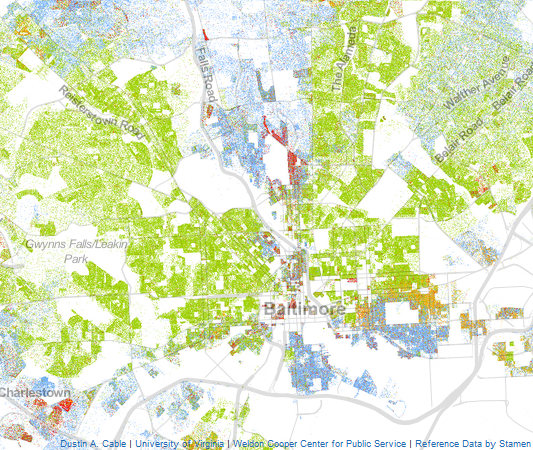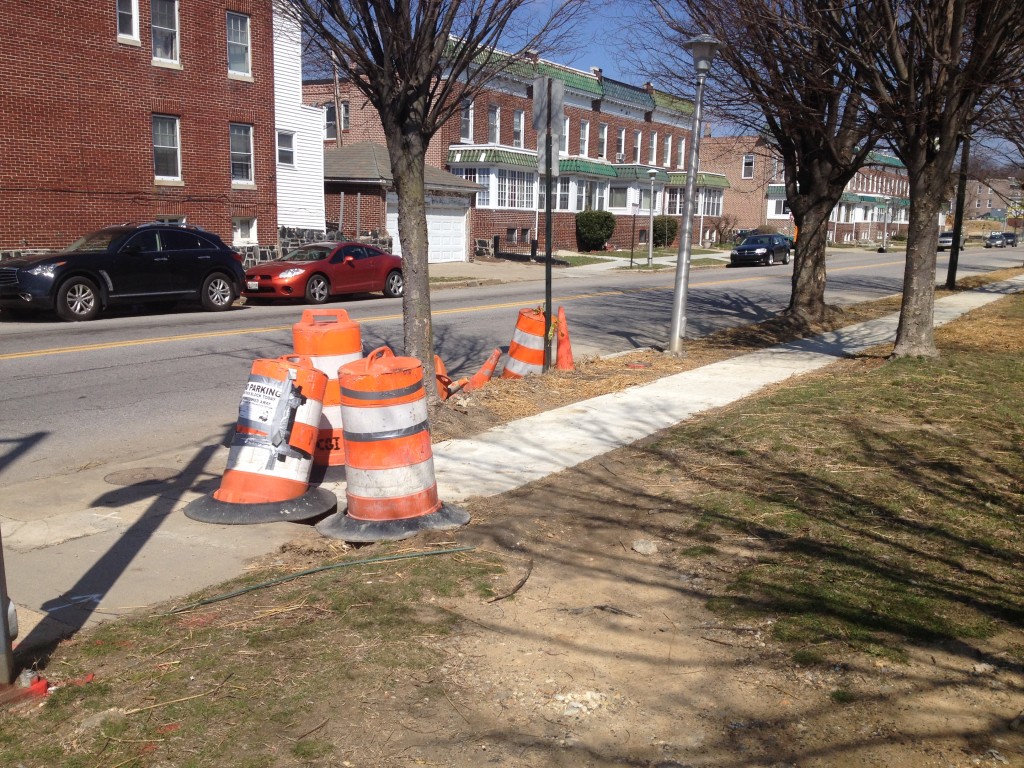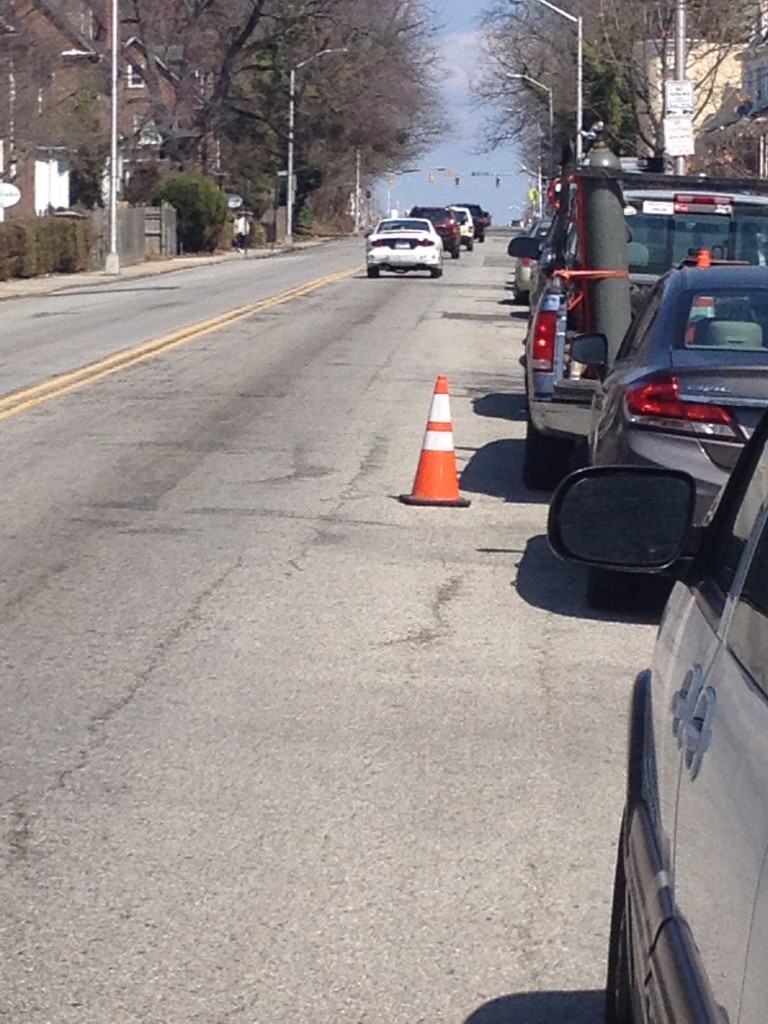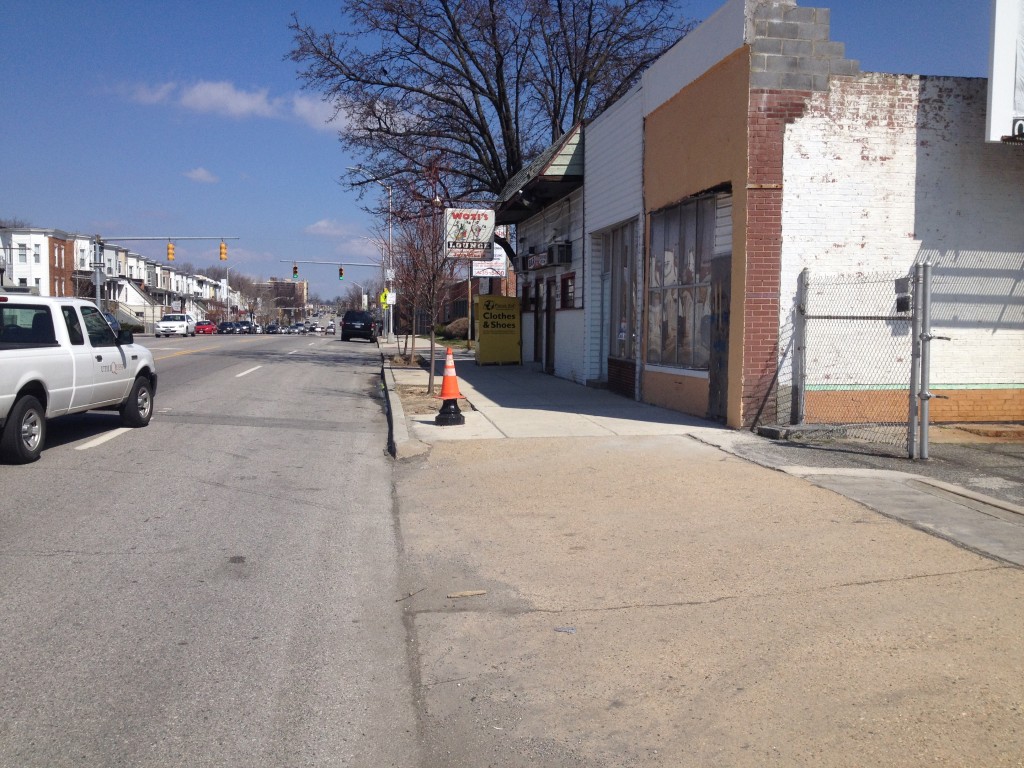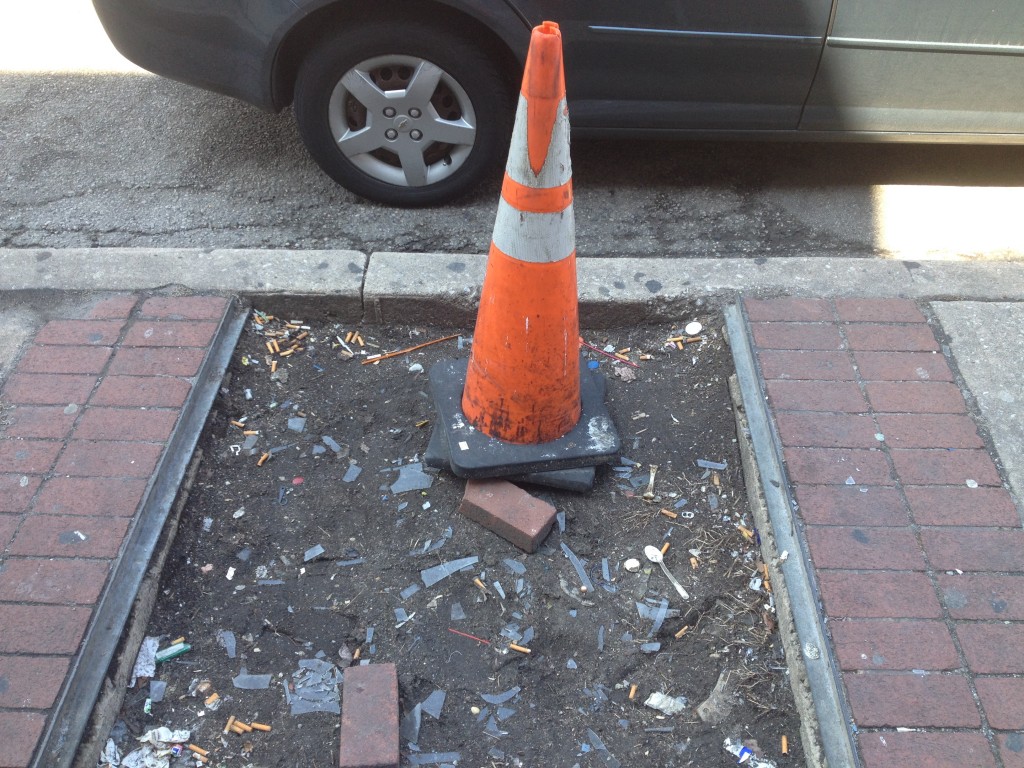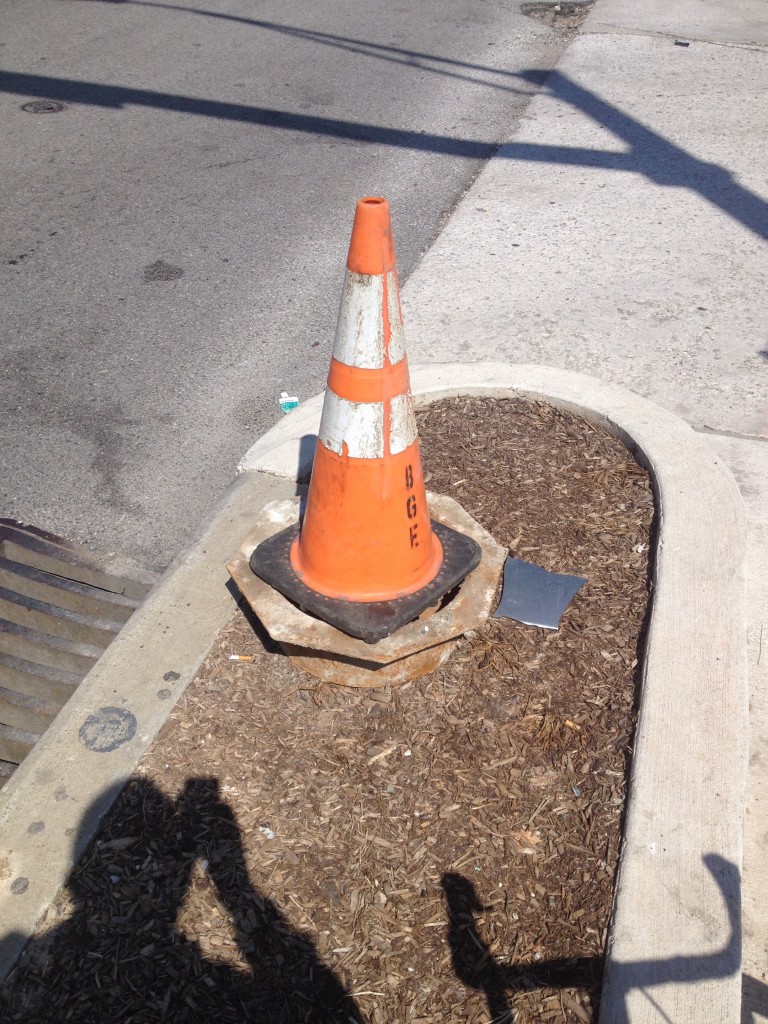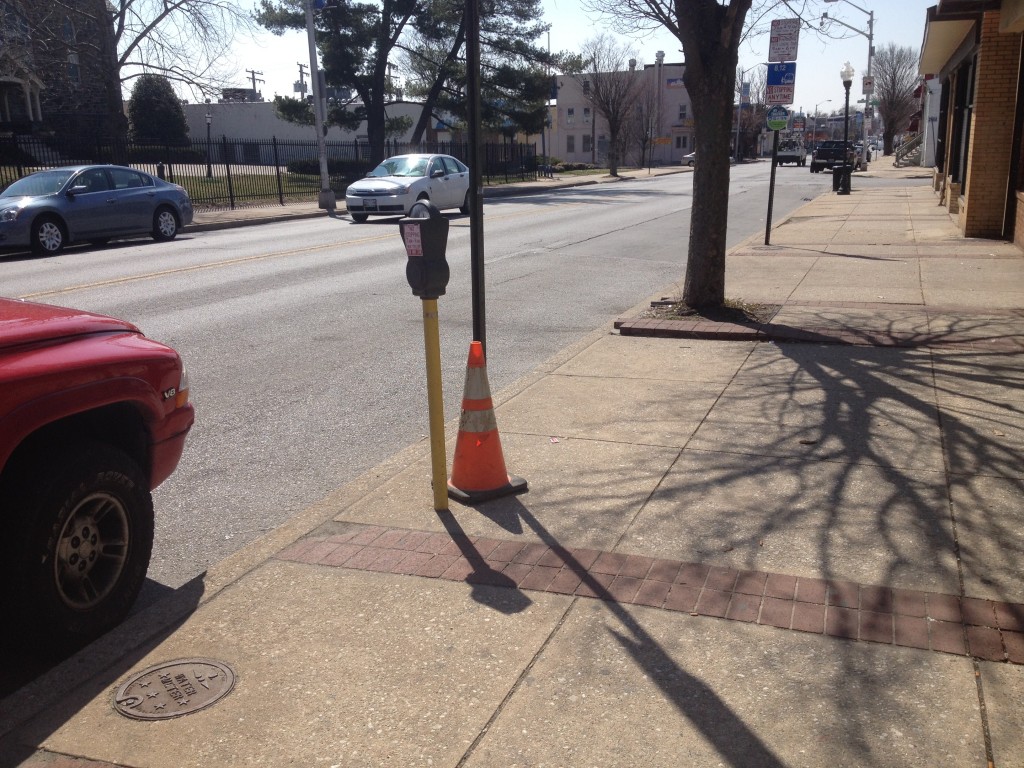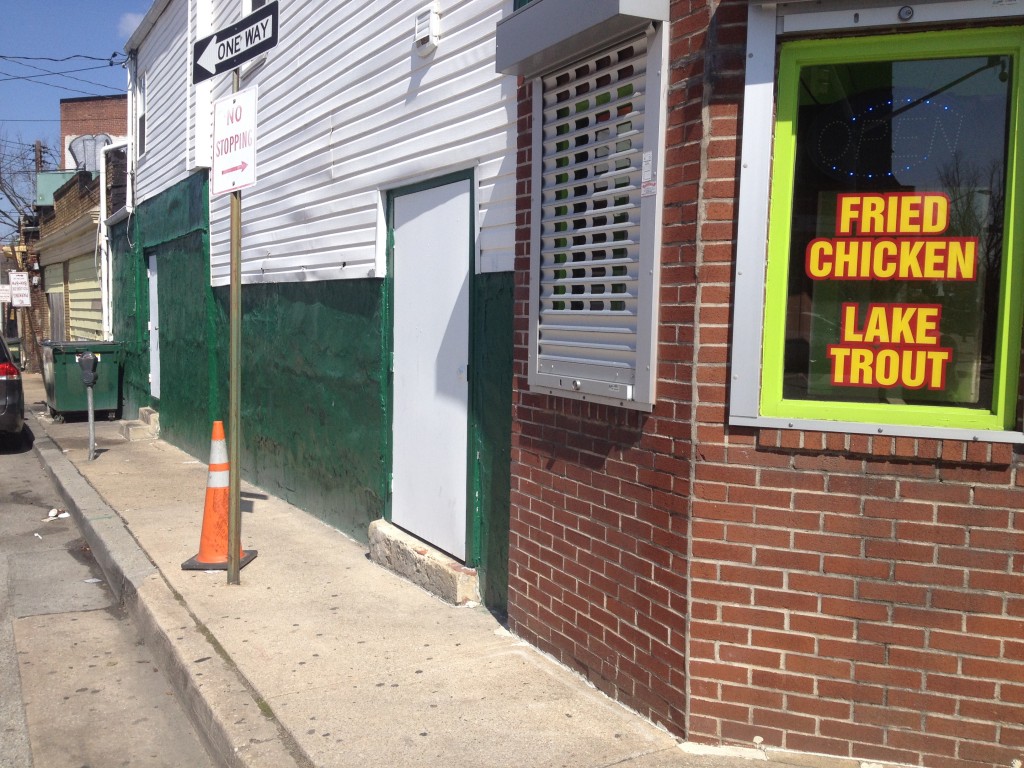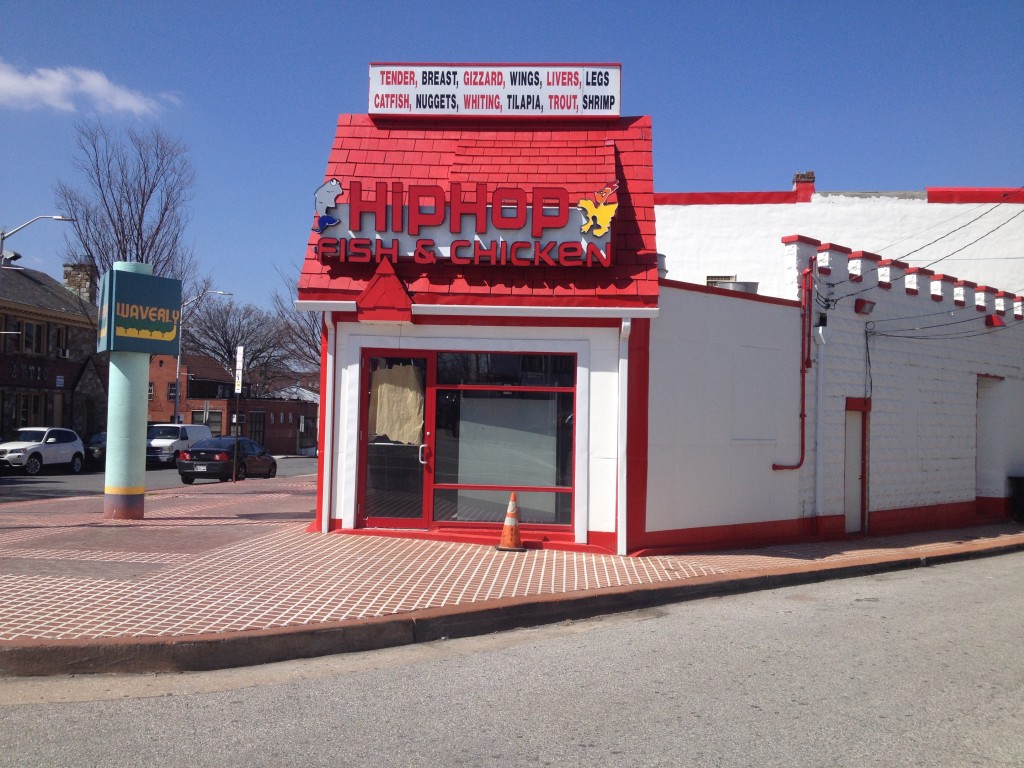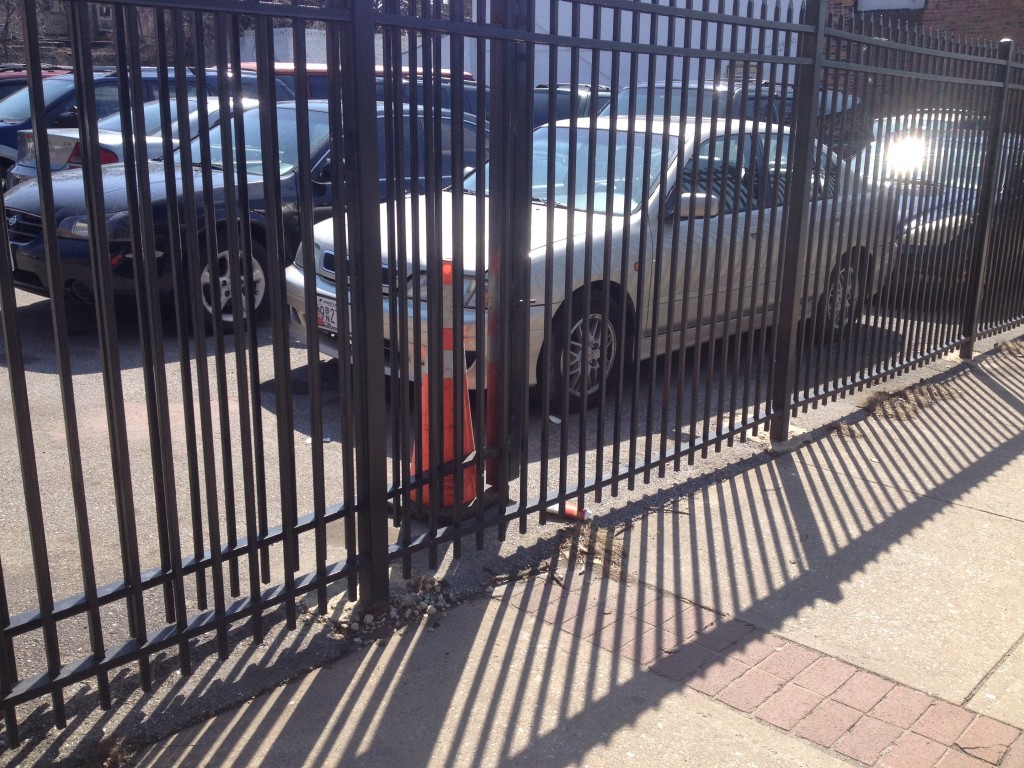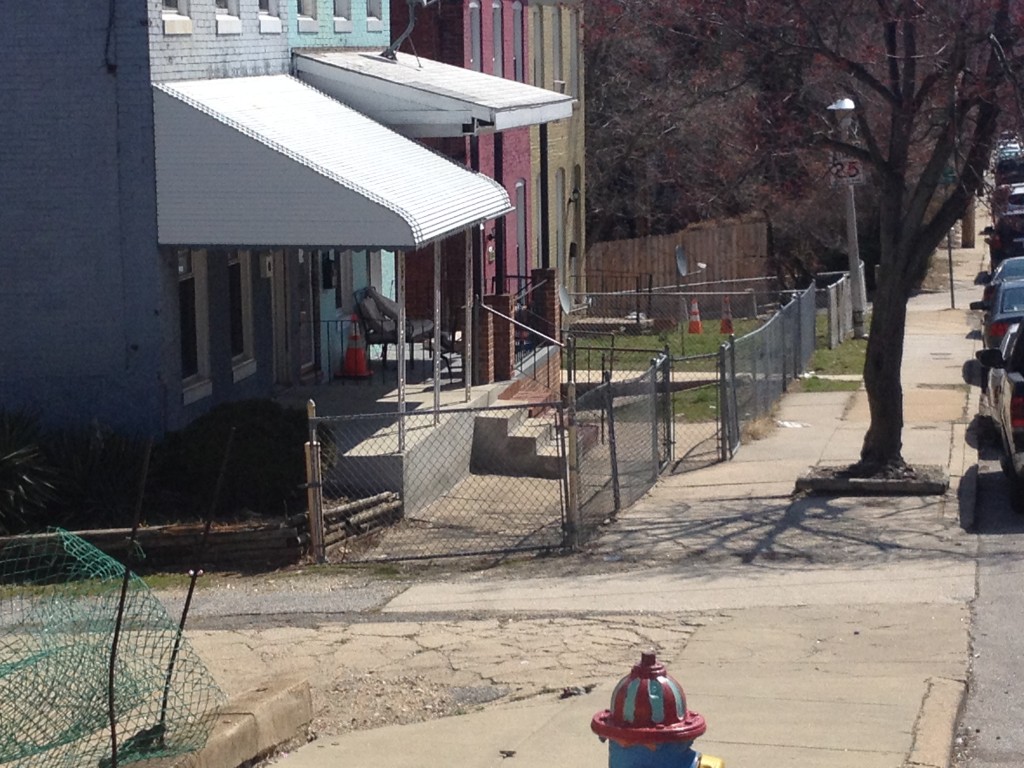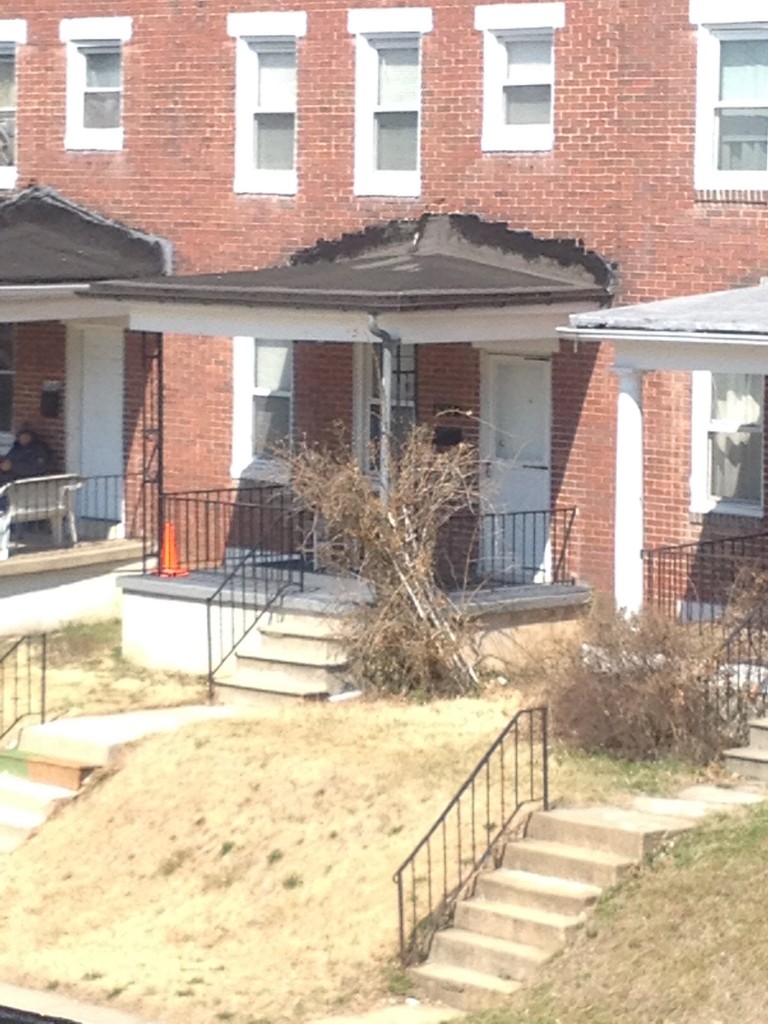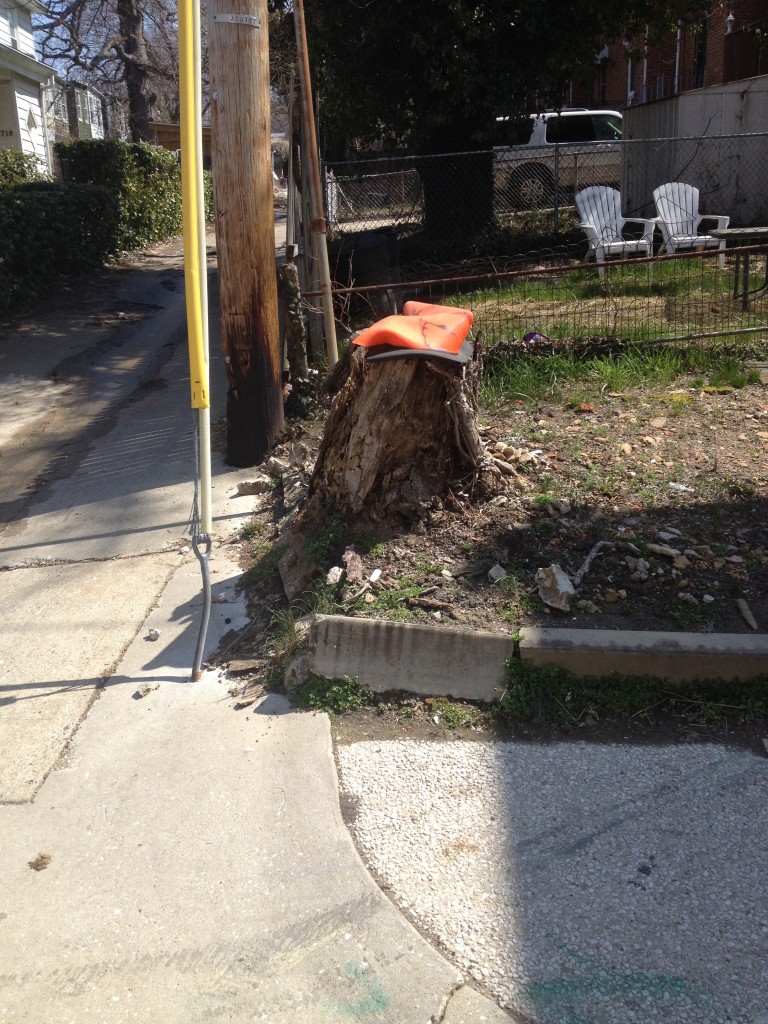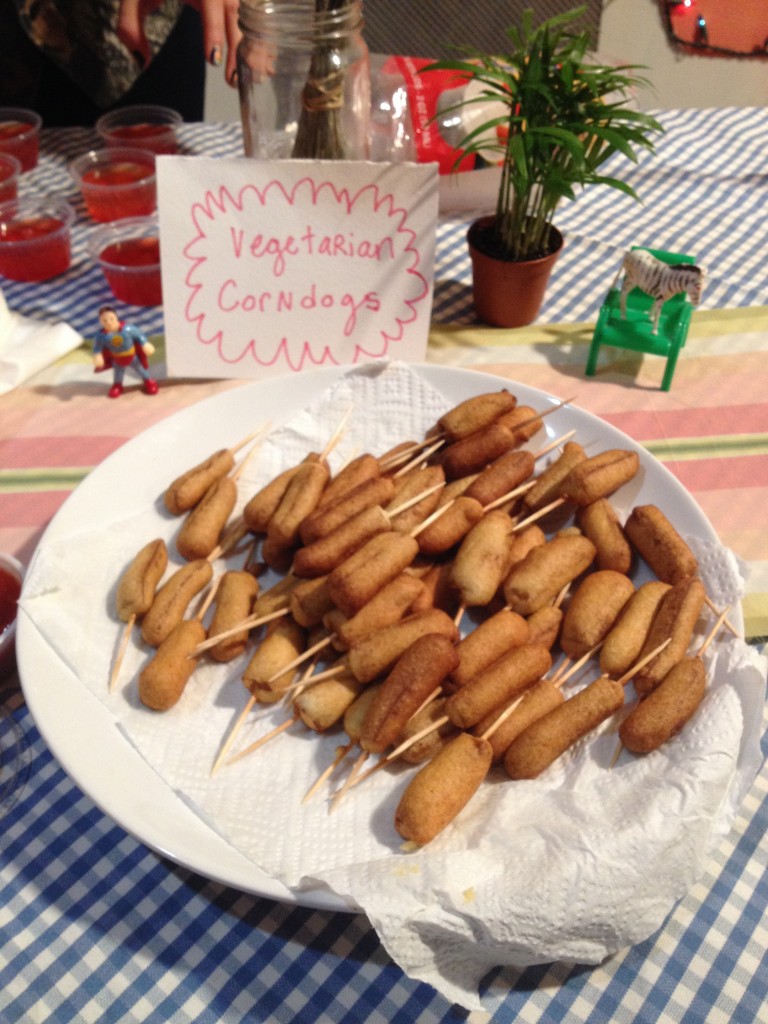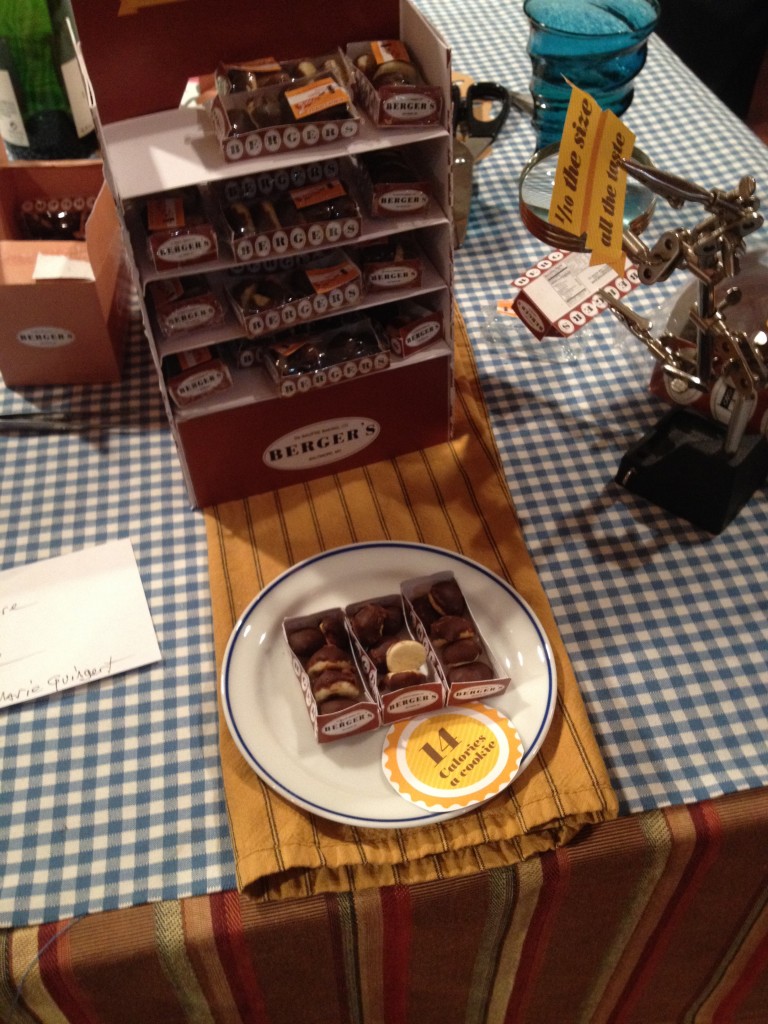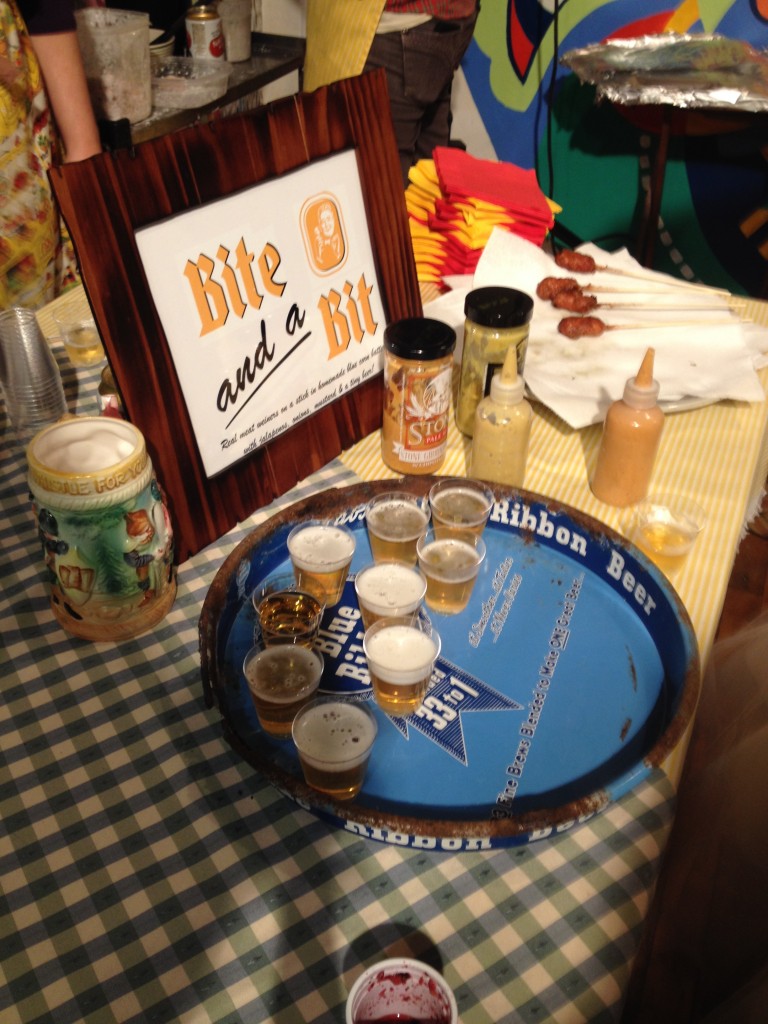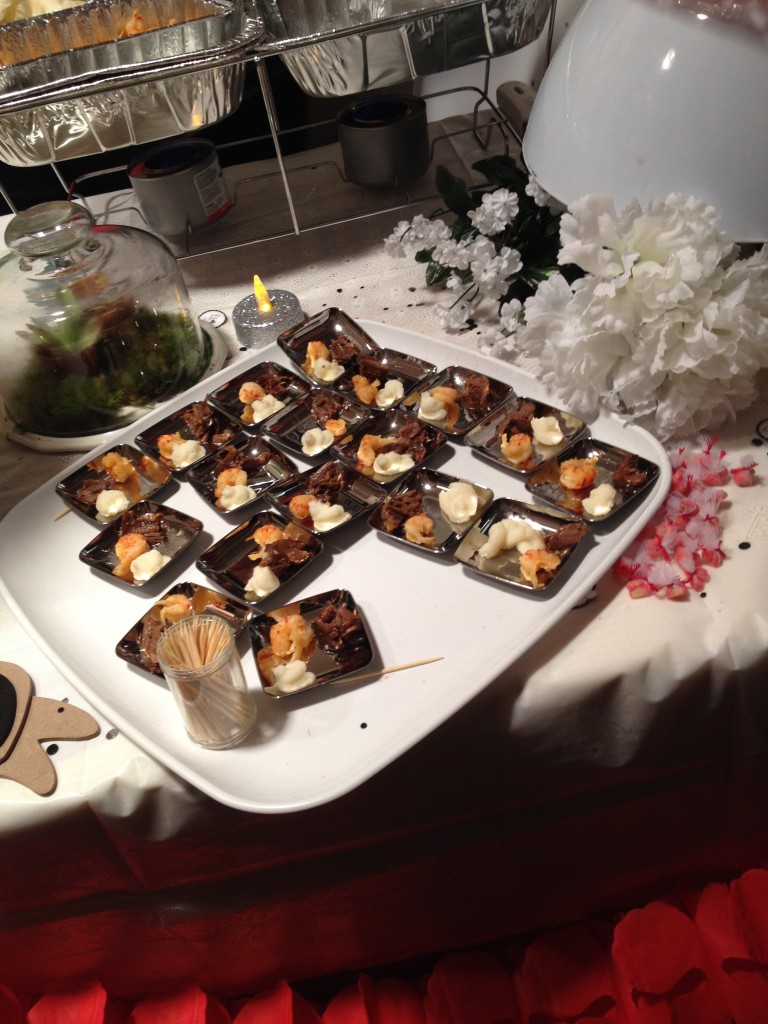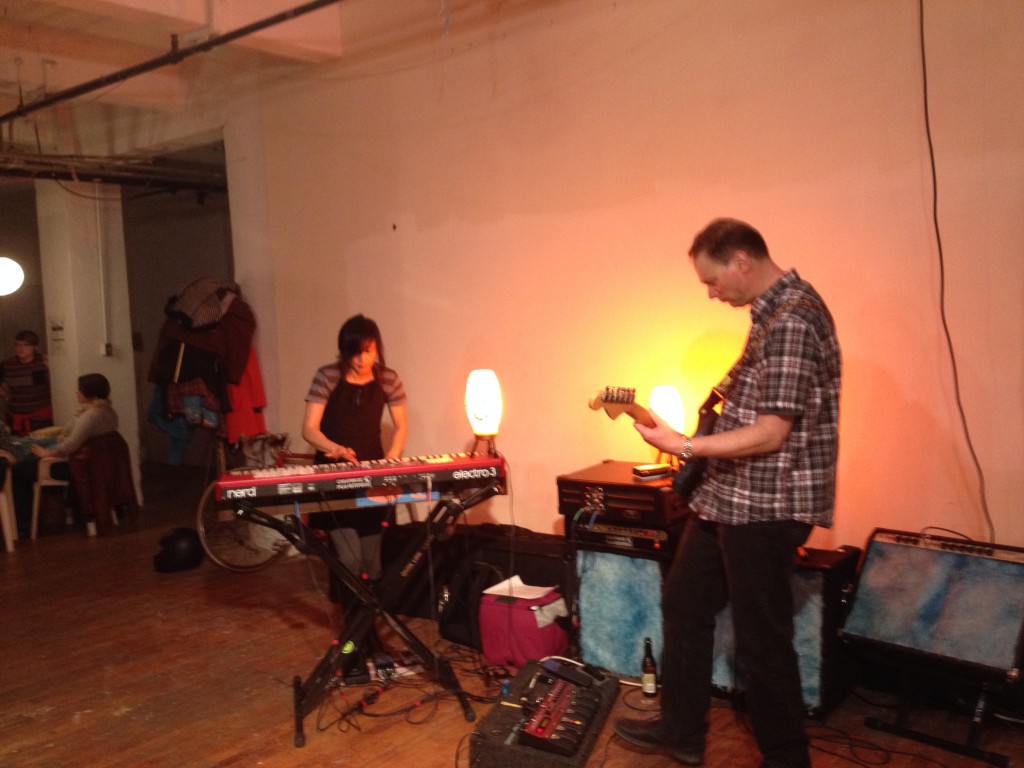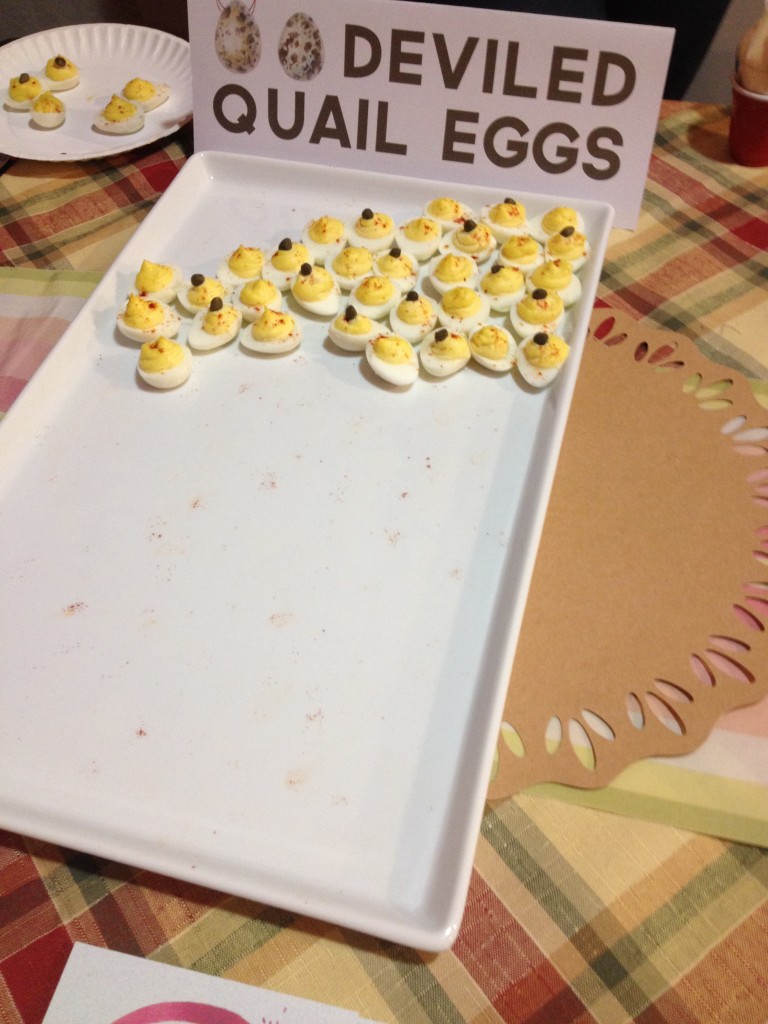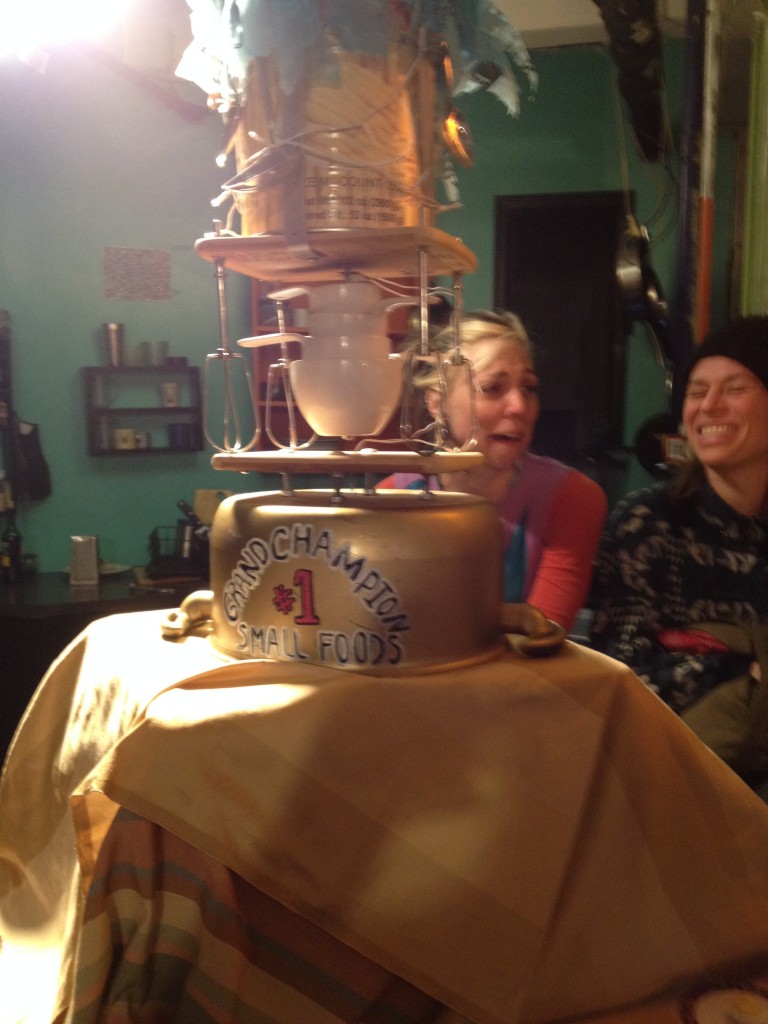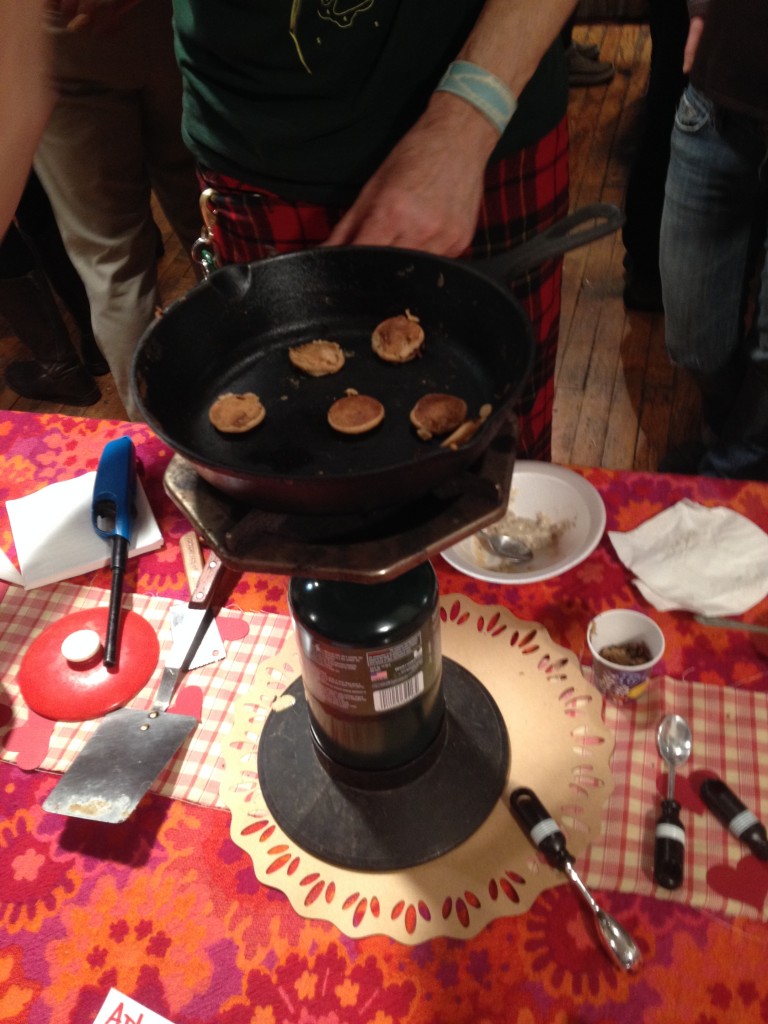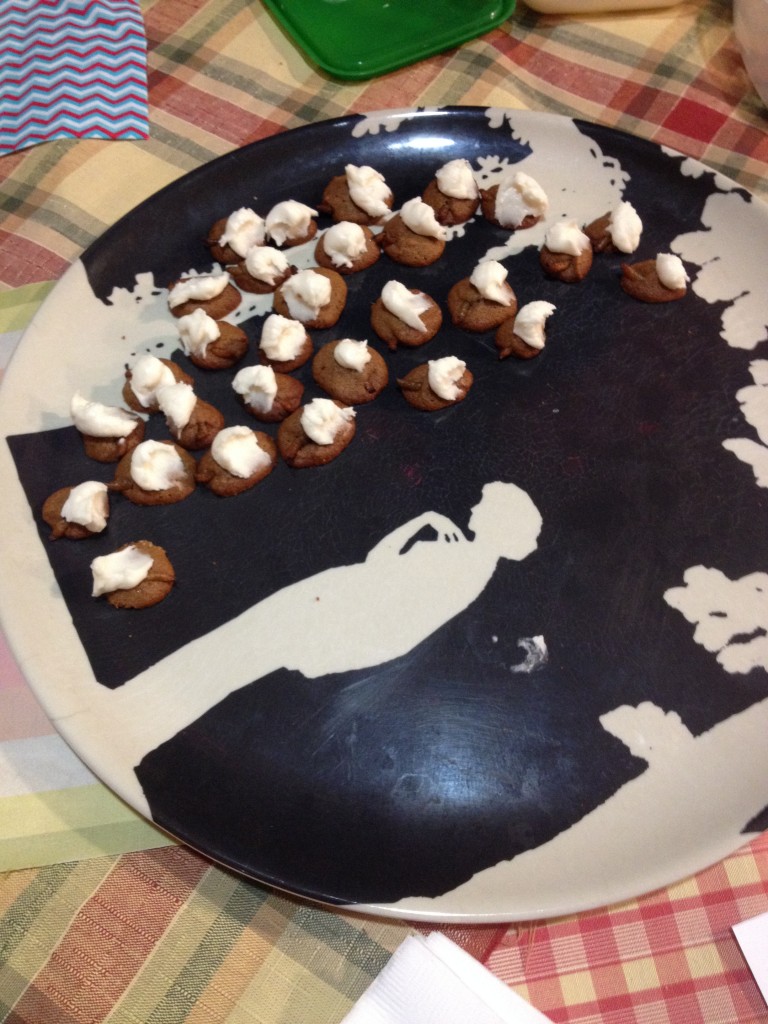Our last post was on the affordability of housing in the White L in Baltimore. Before we get started on today’s post we want to tip the hat to City Paper, who actually had used the phrase White L in print, even if we missed it. Good for them and for Baynard Woods in particular for recognizing that it’s a real thing and treating it like a real thing in print which many, many publications and websites do not.
That post was written from the perspective of a white Baltimorean because for better or worse that’s the only perspective we have. We’re not qualified to speak to the black experience in Baltimore either historically or in the present day. That said, we want all good things for Black Baltimore as well. Something we think is often lost but should be top of mind, especially in a city like ours, is that what’s good for black people is good for white people too. We’ve all got to live side by side even if we’re not truly living together, which unfortunately we are not.
But We, the Chop, are. As we said in our previous post we live in Waverly, which is about as diverse a neighborhood as you’ll find in Baltimore City, although it’s certainly majority black. But here’s the thing: when it comes to real estate, there’s really no such thing as a diverse neighborhood. Half black is black.
Of course, the National Association of Realtors will never admit that. Nor will any of the groups touting Baltimore as a model of urban renewal and a great place to move to and invest in. If you want the truth you often need to get it from an objective source, like the American Sociological Review.
In that journal last year Harvard researchers Jackelyn Hwang and Robert J. Sampson published a study of the effects of gentrification in Chicago titled Divergent Pathways of Gentrification: Racial Inequality and the Social Order of Renewal in Chicago Neighborhoods. We would contend that despite its size, Chicago can hold up to comparison with Baltimore for several reasons including but not limited to its historical significance with manufacturing and domestic migration patterns, historical segregation and race-driven housing policy as well as its current problems with concentrated poverty and violence.
What Hwang and Sampson found in Chicago is exactly what we’ve personally witnessed and continue to see here in Baltimore: all of the investment flowing into the White L. From the study’s abstract (emphasis ours):
We argue that a durable racial hierarchy governs residential selection and, in turn, gentrifying neighborhoods. Integrating census data, police records, prior street-level observations, community surveys, proximity to amenities, and city budget data on capital investments, we find that the pace of gentrification in Chicago from 2007 to 2009 was negatively associated with the concentration of blacks and Latinos in neighborhoods that either showed signs of gentrification or were adjacent and still disinvested in 1995. Racial composition has a threshold effect, however, attenuating gentrification when the share of blacks in a neighborhood is greater than 40 percent. Consistent with theories of neighborhood stigma, we also find that collective perceptions of disorder, which are higher in poor minority neighborhoods, deter gentrification, while observed disorder does not. These results help explain the reproduction of neighborhood racial inequality amid urban transformation.”
Did you catch that? It’s a fancy, fact-based way of saying what we said in our last post which caused a certain amount of pearl-clutching among the Facebookerati: that when outsiders come in and the Millennial population doubles, they’re choosing neighborhoods based on race whether they admit it or not. Here’s what Hwang had to say in conclusion of the study (source):
“Gentrification is often depicted as a process in which middle-class whites move into and thus integrate minority neighborhoods. But in fact, gentrifiers prefer already white neighborhoods; they are least attracted to black neighborhoods and see Asian and Latino neighborhoods as middling options.”
Hwang ought to know. In another study of hers last year titled Divergent Paths of Immigrant Growth: Hispanics and Asians in the Evolution of Gentrification in U.S. Cities she detailed how the presence of Asians or Latinos can signal white gentrification a generation later. When you take into account the historical presence of Koreans around Station North, or consider that Upper Fell’s, Butcher’s Hill and Highlandtown all saw their Latino populations increase significantly beginning in the 1990’s you should be having an aha moment. Acknowledging that neighborhood choice is about race isn’t the same thing as ‘making it about race.’
From a Harvard news item about the Chicago study:
“After controlling for a host of other factors, they found that neighborhoods an earlier study [1995] had identified as showing early signs of gentrification continued the process only if they were at least 35 percent white. In neighborhoods that were 40 percent or more black, the process slowed or stopped altogether.”
You really should click over and read that news item. Every quote from Hwang and Sampson is very smart and very direct and is a real eye opener when read with Baltimore in mind. More from Sampson:
“I wouldn’t want this to be interpreted as saying neighborhoods need whites,” Sampson said. “It’s saying that we have a particular history in cities in the United States, and the analysis has to be interpreted within the structure of that history. So rather than saying you need whites, I think what is needed ― and this has always been the case ― is some concerted effort to rethink urban policy.”
Yeah, we do need to rethink urban policy. Especially here in Baltimore where the current administration’s policy includes things like giving a TIF to Harbor Point while denying one for Poppleton and giving John Paterakis $200,000 to move bakery jobs away from downtown to build fancy shit, including a large hotel, while the City-owned Hilton at Camden Yards (a not-so-old project itself) lost $5.6M last year and $70,000,000 since its grand opening.
Hwang’s last quote in that news item calls for more economic diversity within neighborhoods. That’s something we’ve got very little of here in Baltimore and it’s something that can not only make a neighborhood more interesting, diverse and desirable, it improves the city overall and helps immensely with resident retention. If you live in a $300,000 house in Baltimore odds are all your neighbors do too- or that figure can be realized on the market with a quality $50-60k renovation. If you live in a $60k house, odds are all your neighbors do too, if they haven’t abandoned their property completely.
Take a second to digest that phrase: ‘abandoned their property completely.’
It’s not just Hwang and Sampson who came to that conclusion about race and gentrification. UIC researcher Janet Smith also looked at Chicago neighborhoods and found that while some of Chicago’s black neighborhoods improved, none of them gentrified. Almost counterintuitively, the accepted paradigm of richer, educated white people displacing blacks from neighborhoods has never happened in Chicago. Smith points out- rightly- that gentrification isn’t about the color of the family living next to you or about their educational attainment, it’s about millions and millions of dollars flowing into neighborhoods. Apartment buildings don’t just spring from the ground like sunflowers. Chain stores and franchises don’t just fall from the sky. Those things cost hundreds of millions and some very rich people decide exactly where to put them (with the approval of city hall) and where they decide to put them is in neighborhoods where white people are and always have been.
Smith sums it up succinctly by saying of middle class black spending power:
“Even if they have the green, they’re still black.”
We can certainly see evidence of this in Baltimore. The popular perception of our black neighborhoods still has a lot to do with crime and drugs and yes, the goddamn Wire. But we’ve also got an abundance of black neighborhoods where you can get a very nice house on a decent block at a square price- and find nothing but bullshit Family Dollars and Fast Food restaurants when it comes to retail and dining. When we look at our own neighborhood we see five or more cheap chicken places and mini marts for every Pete’s Grille and Thai Restaurant. We see a Giant that favors bulk generic junk food over the healthy organic items on offer at the Hampden Giant.
All this puts us in mind of an old blog post over at the under-appreciated site Baltimore City’s Past, Present and Future. The post is about the neighborhoods of Greater Lauraville and we can remember being impressed with it when it was first published in 2009. In fact, it’s one of the things that inspired us to start a blog in the first place. The city could use more bloggers like Spence Lean and more posts like this one.
It looks back at the history of the Harford Road corridor and notes that while it’s been historically white, the presence of black families has increased since 1990 and in 2000 was roughly 55/45 white/black. He notes, correctly, we believe that the black and white residents of the Harford Road corridor (above Lake Montebello) get along rather well because they’re almost all solid working class up to middle-middle class. At the same time the post notes the presence of what Lean calls Racist Retail: the dollar stores, bottle shops and run-down gas stations that make up the majority of trade on Harford Road despite the significant spending power of residents there. As he puts it:
“whenever an area sees a larger Black clientele [developers and investors] assume that Dollar Stores, Beauty Supply Shops, Auto Part Dealers, Check Cashing Places, and Laundromats are the only types of stores good enough for a Black Population rich, poor, or anything in between. I call this “racist retail” other examples can be found in Forest Park, Belair Edison, and Northwood Shopping Center.”
The post sort of hints at the idea that the future will, inevitably, bring change and no one’s quite certain what that change will be. Six years later in 2015, not heck of a lot has changed. You can point to Zeke’s Coffee and places like it as steps forward, but you can also point to Tooloolou and other places that came and went as a step back. Significant development like the shops at Lauraville hasn’t happened. Apartment buildings aren’t on the horizon.
Still, Lauraville continues to lure homebuyers, especially young families and newly married couples. It has constantly remained above the 35% white threshold that Hwang identified as a precursor to gentrification, although it is slightly above the 40% black threshold which prevented gentrification in Chicago. Unfortunately, this could explain the area’s stagnation in terms of development. If gentrification ever does take hold outside the White L, there’s a very good chance it’ll be along Harford Road. If.
Contrast this with Belair-Edison which is nearby and the same distance to downtown. You can find crappy retail on Belair Road too, and you can buy a lot of house for a very fair price, just like in Lauraville. The difference being that in the 1990’s when Lauraville realized a 45% black population, Belair Edison became majority black. A house near Herring Run park can be had for a very good price, but as Johnette Richardson, the head of Belair Edison Neighborhoods Inc said in a recent Sun article:
“When I think of this community, if one word had to come to mind, it is ‘survivor,’
“This is a surviving community,” Richardson says. “I don’t know too many other communities that have been hit, just beaten down by predatory practices, and yet we manage to emerge.
“You just want to fight and fight and fight for this neighborhood.”
Maybe she does but most homeowners of all races, especially when they have families, don’t want to fight and fight and fight and be a survivor. Most want to live in a place that can be described as genuinely nice and clean and safe, and want to see neighborhood investment come from top-level retailers, experienced developers, and well capitalized entrepreneurs, not from charities and endowments and the government. If that means they have to live in the county and spend more time in their cars, or move to a different city entirely they’re going to do just that, even if it’s done reluctantly.
City councilman Brandon Scott who is, so far as we can tell, one of the good ones, sums up the experience of living inside Baltimore and outside the White L almost perfectly in that article:
“Standing on a corner near Herring Run Park, City Councilman Brandon Scott points out the tidy brick house where his old schoolteacher still lives. Over in the park, some guy is illegally riding a dirt bike.
“Belair-Edison, to me, is a microcosm of Baltimore City,” Scott says. “You can be on a block like this,” he says, gesturing to his teacher’s house. “And then go two blocks over, and it’s a different story. It just depends on the people in that location.”
Which is true. There are so many fine line distinctions to be drawn you can take them down to the street, down to the block, down to the bedrooms within a particular house. It all just depends on the people in that location. Brandon Scott speaks like an insider because he is one.
Belair Edison may improve but it will never gentrify. Waverly will never gentrify. Pigtown and Union Square and Reservoir Hill will never gentrify. They won’t even improve- not without some focused policy changes at city hall. Until the city starts insisting on development plans that allow for real economic diversity inside the White L and large scale projects that will attract additional investment, interest and activity outside of it our city will continue to be starkly segregated and inequality will only increase. The large numbers of Millennials moving to Baltimore and their tech and STEM employers will not save us from that fate, they’ll only perpetuate it- as they have done and continue to do.
